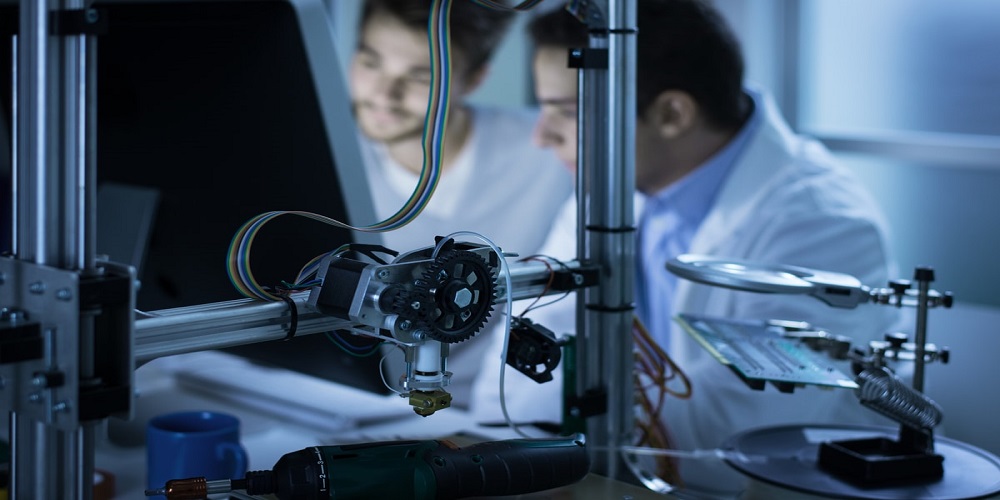Rapid prototyping is the practice of swiftly producing a physical model of a product utilizing additive manufacturing technologies like 3D printing and computer-aided design (CAD) software. Using CAD software, a digital representation of the object is made, then transmitted for printing on a 3D printer. Designers and engineers can feel and touch their designs in real life and make any required modifications by rapid plastic prototyping before proceeding to production, thanks to the 3D printer, which develops the model layer by layer.
Products of rapid prototyping
Rapid prototyping may be used to manufacture a variety of goods, including:
Concept models
Concept models are tangible representations of the product’s overarching concept. These models are frequently employed to evaluate the viability of a design and spot any possible problems. Concept models may not be as detailed as other prototypes since they are sometimes made from inexpensive materials.
Functional prototypes
Physical representations of the functioning of the product are called functional prototypes. These prototypes are intended to evaluate the product’s performance and spot any design issues that need to be fixed before going into production.
Appearance models
Appearance models are actual objects that simulate the finished product’s shape, color, and texture. These prototypes evaluate the product’s visual appeal and spot any design problems that could compromise its appearance.
Production prototypes
Production prototypes are tangible representations of the same raw materials and manufacturing techniques as the final product. Before beginning mass production, these prototypes are utilized to test the manufacturing procedure and spot any problems that need to be fixed.
Usages of rapid prototyping
In a variety of fields and sectors, rapid prototyping is used for things like:
Product development
Rapid prototyping is a crucial technique for product development since it enables designers and engineers to test and improve their concepts fast. Businesses have a competitive edge because of this procedure, which makes it possible to launch new goods more quickly than before.
Manufacturing
Rapid prototyping can also swiftly and effectively build bespoke parts and components. This procedure can shorten the lead times for parts and components while increasing the manufacturing process’s effectiveness.
Medical industry
Doctors and researchers are employing 3D printing technology to make surgical models, implants, and prostheses in the medical field, which has also adopted rapid prototyping. Medical experts may swiftly and effectively create individualized treatment plans for their patients because of this method.
Education
Students use 3D printing technology to make models of their concepts and prototypes, making rapid prototyping another well-liked educational tool. Students may see and handle their designs during this process, which helps them comprehend the design process and fosters their creativity and problem-solving abilities.
Benefits of rapid prototyping
Rapid prototyping provides several benefits, such as:
Faster product development
Rapid prototyping completes product development more rapidly, which gives designers and engineers more time to test and improve their ideas.
Cost savings
By enabling designers and engineers to find and fix design defects early in the process, rapid prototyping decreases the cost of product development by preventing the need for costly adjustments later on.
Improved product quality
Rapid prototyping helps designers and engineers find and fix design defects early in the development process, enhancing the overall quality of the finished product.
Customization
Rapid prototyping makes it possible for companies to swiftly and effectively build customized goods that cater to the specific demands of their consumers.
Sustainability
By allowing designers and engineers to test and modify their concepts before production, rapid prototyping lowers waste by eliminating the need for several iterations and lessening the overall environmental effect.
Improved communication
By allowing designers, engineers, and stakeholders to feel and touch the product in real life early in the product development process, rapid prototyping enhances communication and collaboration.
Conclusion
Rapid prototyping, a critical phase in product development, enables designers and engineers to quickly and effectively produce physical versions of their creations. By lowering the time and expense of designing new goods, this technique has revolutionized the manufacturing sector and accelerated the time to market for enterprises.
